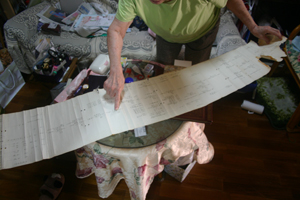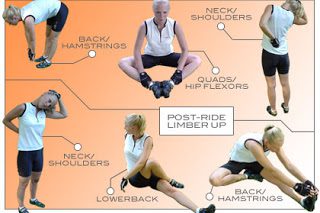“Traditional Karate blocks don’t work against real attacks.”
That’s something I often hear.
(Especially from people who don’t practice Karate.)
They claim our Karate blocks require too much strength, power, speed, intuition and effort to successfully work against an opponent attacking full force.
I agree.
The way many people use Karate blocks today is actually dysfunctional.
Why?
Because of a simple misunderstanding…
(Don’t worry, we’ll fix it.)
Check it out:
The Original Meaning of Karate’s “Blocks”
In Karate, we traditionally refer to blocks as “uke”.
There are many kinds of them:
- Uchi-uke (“inside block”)
- Soto-uke (“outside block”)
- Jodan-uke (“upper level block”)
- Age-uke (“rising block”)
- Shuto-uke (“sword hand block”)
- Juji-uke (“cross block”)
- Mawashi-uke (“circular block”)
- Kake-uke (“hooking block”)
- Gedan-uke (“lower level block”)
The list goes on.
But here’s the weird thing..
“Uke” does NOT mean “block” in Japanese.
Nope.

It actually means THE VERY OPPOSITE.
You see, the Japanese word “uke” is a conjugation of “ukeru”, which literally means “TO RECEIVE”.
This.
Changes.
Everything.
Think about it!
Suddenly, you don’t need brute strength to force your blocks against incoming attacks.
You are now free to “receive” the energy of your opponent!
(And then use it against him/her, if you wish.)
Your blocks are not really “blocks”.
They never were.
They are ways of “receiving” your opponent’s attack.
Get it?
Here’s a video example from my Instagram (@karatebyjesse):
Of course, the old Karate masters knew this.
Even Funakoshi Gichin (1868-1957), the founder of Shotokan Karate – a style known for being very hard, direct and linear – used “blocks” in a totally different manner in his books compared to today’s Karate practitioners.
Look:

Yet, in modern Karate, we interpret “uke” as “to block an incoming force”.
Totally different concept.
And if you keep thinking like this, I’m sure we’ll continue to hear that “Karate blocks don’t work against real attacks”.
Because they don’t.
Not the way most people apply them today.
Remember; the original purpose of Karate was to make a weak person able to defend against a stronger person.
This principle needs to be manifested in every single technique of your Karate!
So, make this crucial shift in your mindset:
To “block” is to receive.
That’s the original meaning of “uke”.
Bruce Lee said it best: Be like bamboo. Not a stiff tree.
Suddenly, the dysfunctional becomes functional.
The old becomes the new.
____
PS. Here’s what one KbJ reader wrote after I explained this to him:
“Jesse-san, I was very frustrated in my kumite with constantly having bruises all over my shins and forearms from blocking attacks. Then, you explained that uke waza are receiving techniques, not blocking techniques. That small change in thinking dramatically changed my kumite! No longer am I trying to use my techniques to put up a solid wall against my opponents attacks, rather I am receiving the attack and guiding it to where I want it to be. This has helped with the specific issue I had, and also helped me look deeper into a broader understanding of karate. Thank you!”



84 Comments